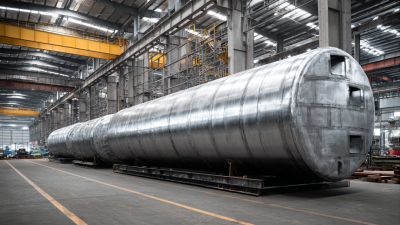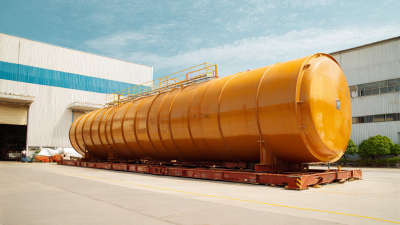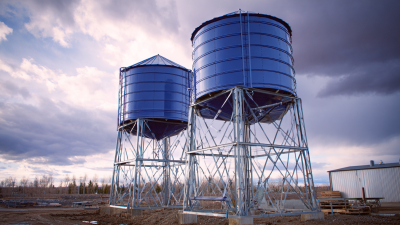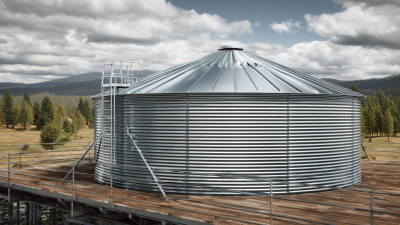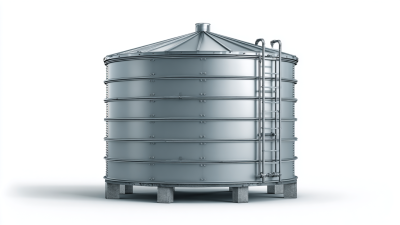In recent years, the importance of efficient water storage solutions has become increasingly evident, particularly as global demand for fresh water continues to rise. One of the most promising options on the market today is the Pressed Steel Tank. These tanks, constructed from high-quality steel and designed for optimal durability, offer a range of advantages that make them a top choice for both commercial and residential applications.
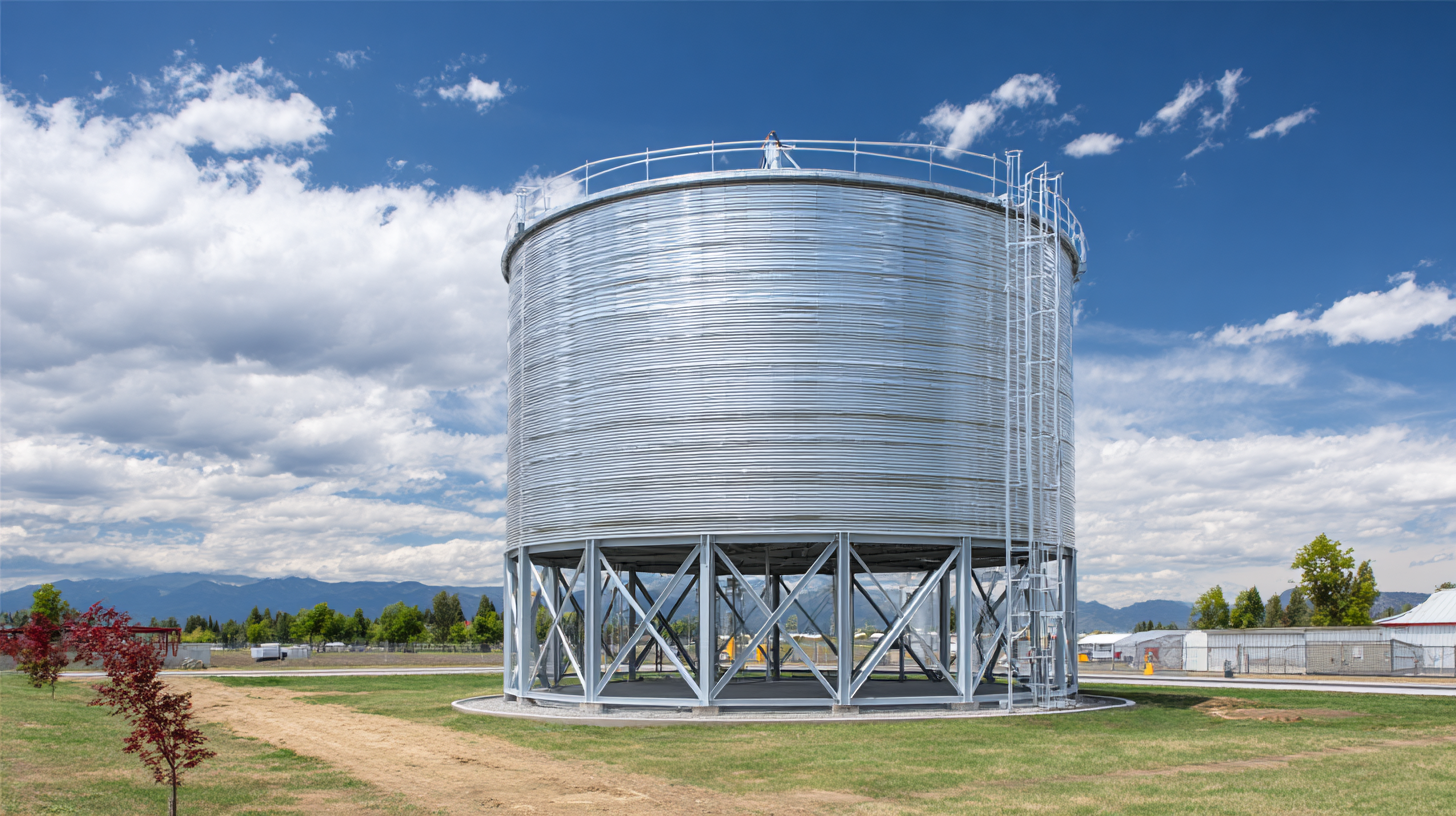
This article aims to delve into the various benefits of utilizing Pressed Steel Tanks, including their ability to withstand harsh environmental conditions, cost-effectiveness, and ease of installation. Furthermore, we will explore how these tanks contribute to sustainable water management practices, ensuring a reliable supply of water for diverse needs.
Understanding these advantages allows consumers to make informed decisions about their water storage solutions, paving the way for a more efficient and resource-conscious future.
Pressed steel tanks have emerged as a reliable solution for water storage, particularly in industrial and agricultural applications. Constructed from high-quality steel plates, these tanks are designed to withstand extreme conditions, making them ideal for both aboveground and underground installations. According to the American Water Works Association, the durability of pressed steel tanks can extend their lifespan to over 30 years, significantly reducing long-term replacement costs for facilities managing substantial water volumes.
Moreover, pressed steel tanks provide excellent protection against contamination and corrosion, often featuring protective coatings that enhance their longevity. A report by the International Water Association indicates that using proper storage solutions can reduce water loss by as much as 20%, highlighting the importance of investing in materials that ensure water quality and efficiency in storage practices. With capacities that can range from a few thousand to several million gallons, pressed steel tanks are adaptable to varying needs, offering flexibility for diverse applications. This adaptability combined with strength positions them as a top choice in modern water storage solutions.
Pressed steel tanks have emerged as a superior alternative to traditional water storage solutions due to their numerous advantages. One of the key benefits is their exceptional durability. Manufactured from high-quality steel, these tanks are resistant to corrosion and can withstand extreme weather conditions, providing reliable performance over a long lifespan. This resilience significantly reduces the need for frequent replacements, making them a cost-effective choice in the long run.
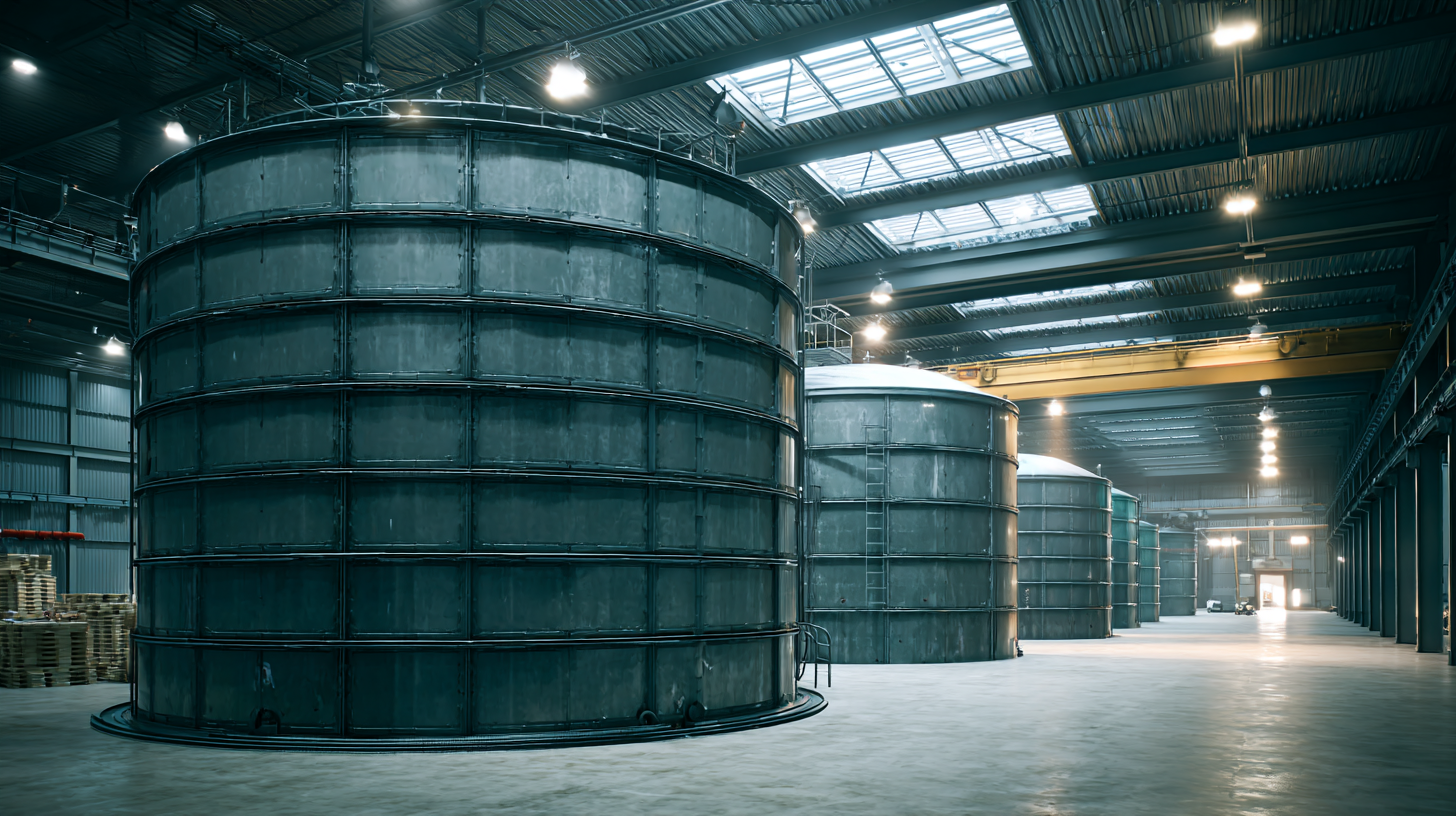
Another important advantage of pressed steel tanks is their design flexibility. They can be customized to meet specific storage needs, accommodating various sizes and capacities. Unlike concrete or plastic tanks, pressed steel tanks can be easily modified and relocated as needed, providing greater versatility for users. Additionally, their smooth interior surfaces allow for easier cleaning and maintenance, ensuring that the stored water remains uncontaminated and safe for use. This combination of durability, adaptability, and hygiene makes pressed steel tanks an excellent investment for modern water storage needs.
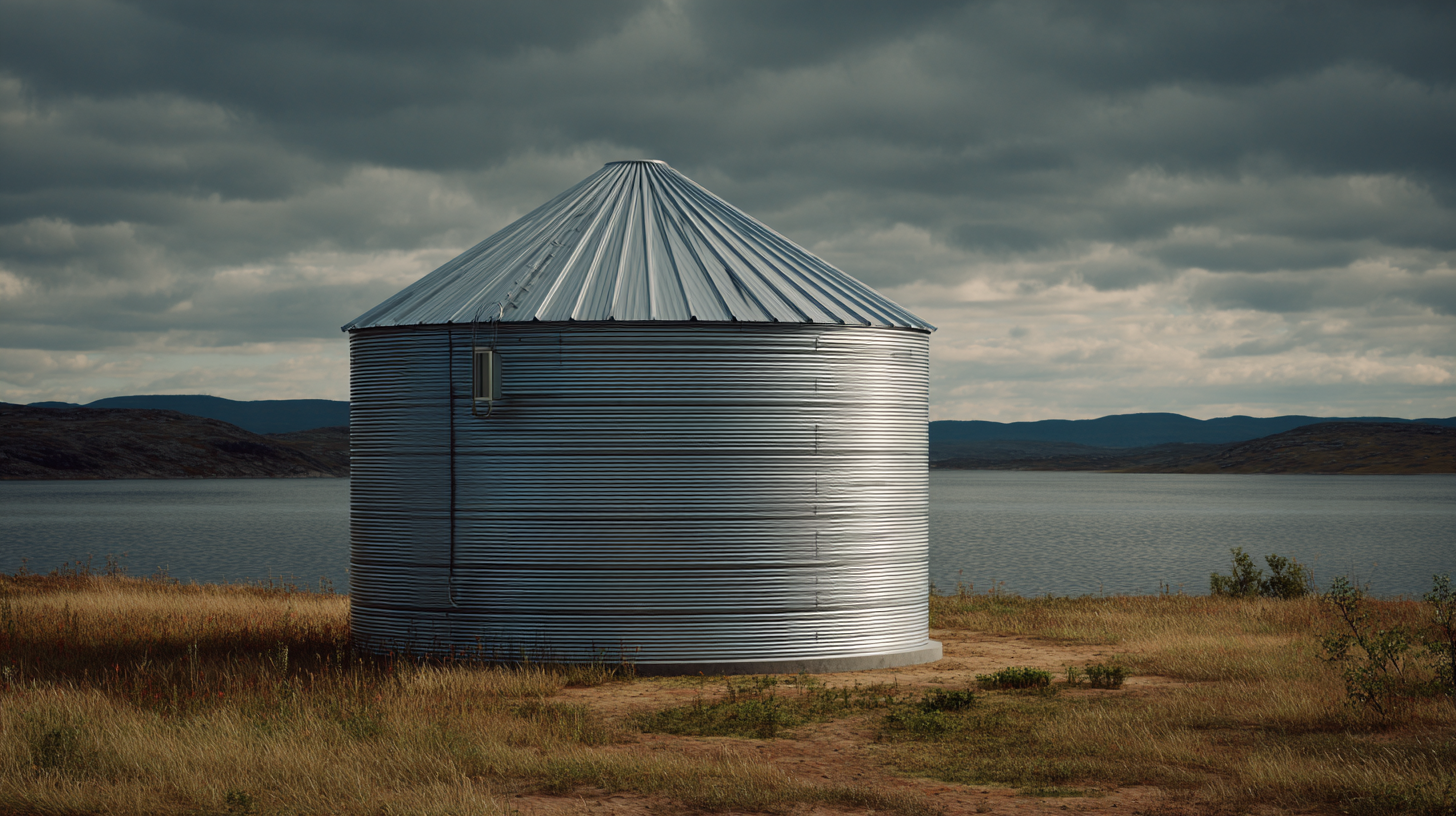 Maintaining pressed steel water storage tanks is crucial for ensuring their longevity and efficiency. According to a report from the American Water Works Association (AWWA), proper maintenance can extend the lifespan of these tanks to over 50 years, significantly reducing the frequency of replacements and associated costs. Regular inspections should be conducted to check for signs of corrosion, which can lead to structural failure. The use of protective coatings and corrosion-resistant materials is recommended to enhance durability and ensure the structural integrity of the tanks.
Maintaining pressed steel water storage tanks is crucial for ensuring their longevity and efficiency. According to a report from the American Water Works Association (AWWA), proper maintenance can extend the lifespan of these tanks to over 50 years, significantly reducing the frequency of replacements and associated costs. Regular inspections should be conducted to check for signs of corrosion, which can lead to structural failure. The use of protective coatings and corrosion-resistant materials is recommended to enhance durability and ensure the structural integrity of the tanks.
In addition, the AWWA highlights the importance of routine cleaning and disinfecting of water storage tanks to prevent contamination. This practice not only helps in maintaining water quality but also in reducing the growth of harmful microorganisms. Implementing a scheduled maintenance plan, which includes thorough inspections, cleaning, and repairs, can provide utility managers with peace of mind and improve overall water management. Regular training for maintenance personnel is also essential to ensure that best practices are being followed, ultimately leading to safe and reliable water storage solutions for communities.
The advancement in pressed steel tank technology showcases significant improvements in durability, making them an attractive option for water storage solutions. Recent reports indicate that the welded steel tanks market is projected to exceed USD 7.3 billion in 2024, with an anticipated growth rate of 4% annually from 2025 to 2034. This growth is driven by the increasing demand for reliable and sustainable water storage, particularly in industries that require high-volume water supply safety and efficiency.
Innovative technologies are enhancing the durability of pressed steel tanks, allowing them to withstand harsh environmental conditions and reduce maintenance costs. The introduction of advanced coatings and corrosion-resistant materials has resulted in tanks that not only last longer but also offer better protection against rust and damage. As industries recognize the benefits of investing in these durable storage solutions, the reliance on traditional storage methods is diminishing, paving the way for a more resilient infrastructure to support water needs in various sectors.
In the rapidly evolving landscape of water storage solutions, pressed steel tanks have emerged as a frontrunner due to their exceptional durability and versatility. Unlike traditional water storage systems, pressed steel tanks are designed to handle various environmental conditions, making them suitable for both urban and rural applications. Their lightweight structure facilitates easier transportation and installation, while their robust design ensures long-term reliability, even in challenging climates.
Tips: When considering a pressed steel tank for your water storage needs, always check for corrosion resistance coatings. This feature significantly enhances the tank's lifespan and performance, making it a worthwhile investment in the long run.
Looking ahead, the trend toward more sustainable water management practices is increasingly influencing the development of pressed steel tanks. Innovations in manufacturing processes and designs are catering to the growing demand for eco-friendly options. Furthermore, these tanks can be integrated with advanced monitoring systems, allowing users to optimize water usage and enhance overall efficiency. As urbanization continues to rise, the need for efficient and reliable water storage solutions will only become more critical, solidifying the role of pressed steel tanks in future water management strategies.
| Feature | Pressed Steel Tanks | Traditional Storage Options |
|---|---|---|
| Durability | High resistance to corrosion and weathering | Less resistant to environmental damage |
| Maintenance | Low maintenance required | Requires regular inspections and repairs |
| Installation Time | Quick and efficient installation | Longer installation lead times |
| Cost Effectiveness | Affordable long-term investment | Higher total cost of ownership |
| Flexibility | Available in various sizes and capacities | Limited size options |
| Environmental Impact | Recyclable materials | Potentially non-recyclable materials |
| Aesthetics | Modern and sleek design options | Bulkier and less visually appealing |
